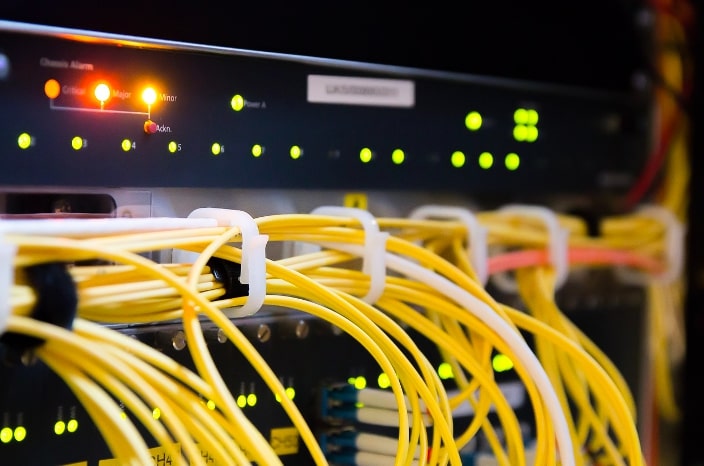Building your own server farm, otherwise known as a “cluster”, doesn’t have to cost you an arm and a leg. There are several tips to build your own cluster. Start by stacking tower desktop PCs and monitors. Don’t forget, if your budget is a bit limited, you can also build a Windows or MacOS cluster with a single desktop PC.
MacOS Cluster
If you’ve always wanted to try your hand at server farming, but couldn’t justify the cost, you can build a MacOS cluster. Unlike Windows, Mac users can use the system cache files. Linux users cannot access mac-touched files. Using a Mac cluster, you’ll be able to connect to other Macs in a few easy steps. Here are some helpful steps for getting started.
Before you get started, it’s important to consider what you need in a cluster. A cluster must have redundant power and networking, a flashing light for finding it in a rack, and an MDM or Mobile-Device Management (MDM) solution. One of the most important features is out of band management, which requires another Mac on the same LAN to handle the network traffic which can be quite heavy, sometimes.
If you’re building a cluster to run email and calendar services, a Mac mini can handle this task. However, if you want to use the cluster for a more complex task, you’ll need a Mac with more than one hard drive. A quad-core Mac Mini with two hard drives will do the trick. The first step to building a macOS cluster for DIY server farming is to determine how much hardware you need. Fortunately, there are plenty of cheap options for those just starting out.
Apple’s rack-mounted cluster of computer machines connected to a network was discontinued in January 2011 and replaced by the macOS Mini and Mac Pro. However, the same machine had its place in macOS heavy enterprises. Apple isn’t really a great company, to be totally honest with you and I would almost always suggest literally anything else besides their machines as they are primarily built for style.
Despite the fact that it’s no longer sold, the new macOS cluster software will still receive security updates, and you can use it as a cluster for other purposes such as a macOS cluster running some pretty cool stuff that will continue to get security updates for two more years.
Windows Cluster
So you want to build a cluster. What should you do? There are many options, but you should choose the one that works best for your needs. Depending on your budget, you can choose a cheap cluster or invest in a more powerful one. First, determine the power consumption of your cluster. Many people underestimate how much power a cluster will need.
Building your own cluster is a good way to learn about hardware and software, but the advantage of doing so is that you can customize and control the hardware and software components. It is also cheaper than buying a pre-built machine from a vendor. Also, you can choose a cluster with characteristics more suitable for backend operations. The next step is choosing the hardware and software components.
Once you have the hardware, you can start configuring it. Alternatively, you can buy an old enterprise-grade cluster on eBay because these clusters often have the adequate processing power and RAM, but RAID configurations are also common. However, they can be noisy and expensive as far as a typical servers price goes so to minimize this noise and price, consider a fanless cluster with silent fans. You’ll also save money by not paying for a professional.
If you want to build your own cluster, you can save money by using an older system and RAM. You can buy cheaper Celeron units from Intel. But, if you’re planning to upgrade your cluster in the future, you should opt for a faster and more powerful CPU and SSD drive. A high-quality SSD is worth the extra money and will give you the advantage of higher performance. And, of course, a good motherboard will help in cooling your cluster.
Stacking Tower-Desktop PCs
The desktop-tower stackers are great for a single node, but once you have more than 10 stackers, it can become very difficult to maintain. Desktop-Tower PCs are not stacked neatly, so maintaining them can get pretty messy. In addition, they have lots of empty space inside. Tower-Desktop PCs cannot be stacked on top of one another.
Stacking Monitors
While a multi-monitor setup is ideal for gamers, it is also perfectly possible to stack two or three monitors on a flat-screen monitor. This way, you can use one monitor to type notes and a second monitor to view urgent emails. If you don’t know how to properly mount your monitors, click here as you might experience neck strain and confusion. To avoid these issues, make sure to mount them at a comfortable distance.

